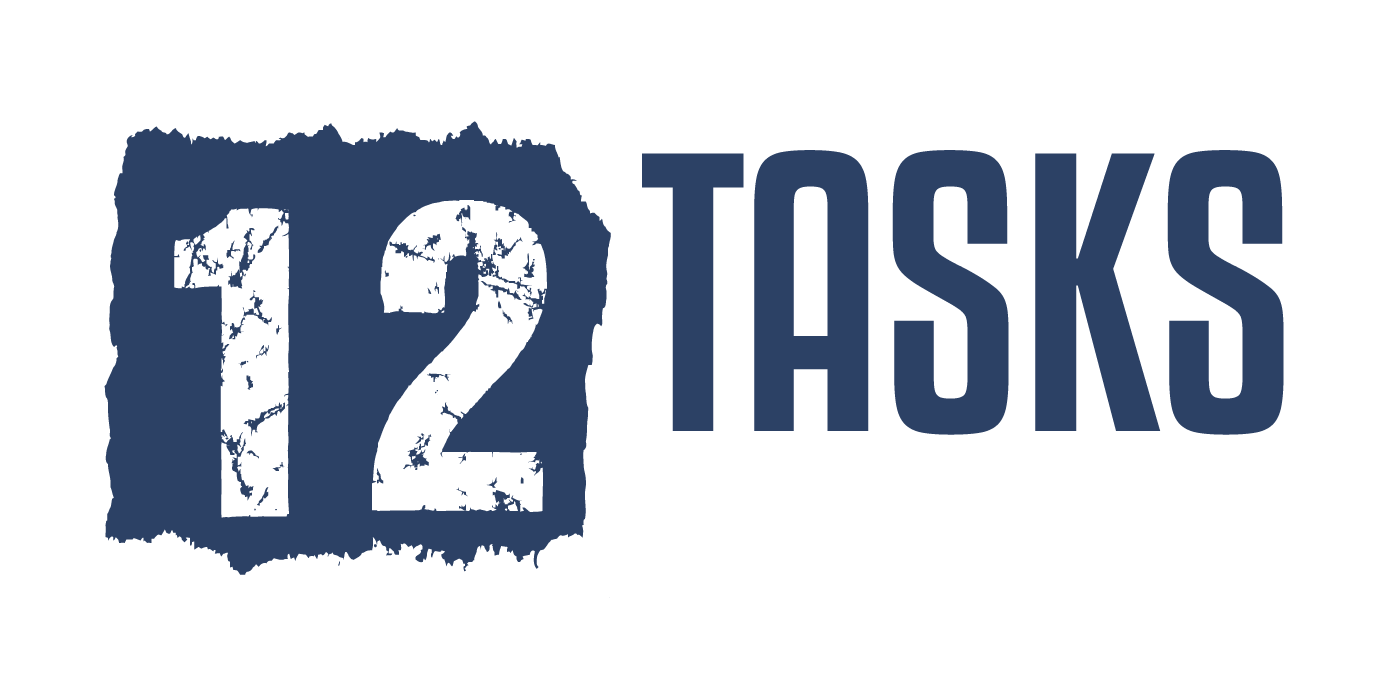Most of us want our children to become responsible and honest persons but struggle with what keeps them from being that. Some people point to our sinful natures, some to poor parenting and some to the pressures and influences of the media and our society in general. 12 Tasks avoids labeling who is responsible for whatever has happened in the past and looks forward to what can still happen in the year to come.
In their book, Boundaries with Kids, Henry Cloud and John Townsend postulate that if you want a child with boundaries, you first need a parent with boundaries. They say “you need to interpret a child’s behavior as a response to your own as well as in terms of his motives, needs, personality, and circumstances, not our own.” (p. 39)
These psychologists believe that children will mature to the level at which the parents structure and nurture them. A parent’s limitations can very well influence the limitations the child may have. The authors say “the home is where they form their concepts of reality, love, responsibility, choices, and freedom.” (p. 40)
12 Tasks allows the home to be a foundational launching point for examining not just the limitations that restrict us but the potential that can unleash us in building solid and lasting relationship. As fathers and grandfathers who have invested and participated in building the next generation of leaders, we have faced our own limitations and nature.
There are three ways parents can influence their children in developing boundaries.
Teaching is the first way to communicate boundaries but understanding how different boundaries apply at each age level is crucial so you don’t frustrate or exasperate your child. Start early:
1-3 years – children can learn the word ‘no’; can understand consequences of disobedience
3-5 years – children learn to take on responsibility and they can talk things through; treating friends kindly; responding to authority; doing household chores;
6-11 years – learning how to function in school, church, community and with friends; balancing time, schoolwork, community activities; learning how to manage money
12-18 years – understand identity; career options; sexual maturation; values; love; relationships; scheduling; goals
12 Tasks focuses primarily on this last phase but it is important to have worked out the first phases of responsibility at each level so that your son or daughter is successful with their age-appropriate tasks.
Modeling is the second way that Cloud and Townsend encourage parents to convey boundaries. “Modeling goes on all the time, not just when you are in a ‘parenting’ mode. It occurs basically any time you are in eyesight or earshot of the child.” (p. 43) A child is more apt to copy what you do more than what you say.
Children will naturally test boundaries to establish a sense of security and stability. If the boundary is worth having the parent needs to strengthen it with modeling, instruction and consequences. All of this is framed in love. The parent needs to satisfy the child’s need for love and not create a culture or atmosphere where the child is meeting their need for love. Hopefully, 12 Tasks allows you to affirm this.

